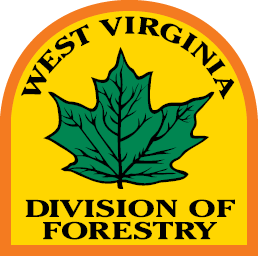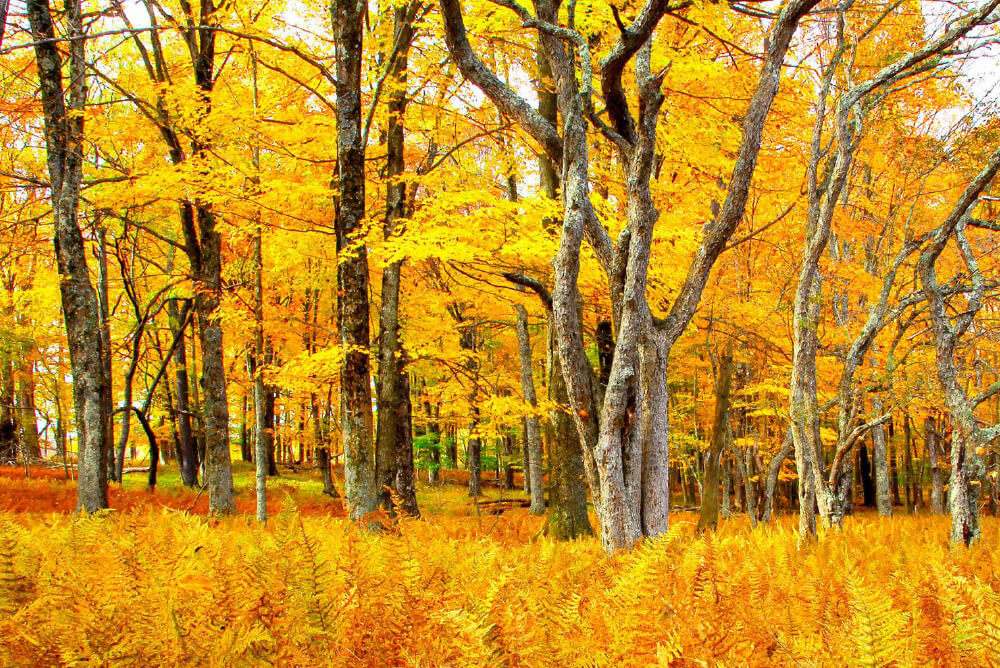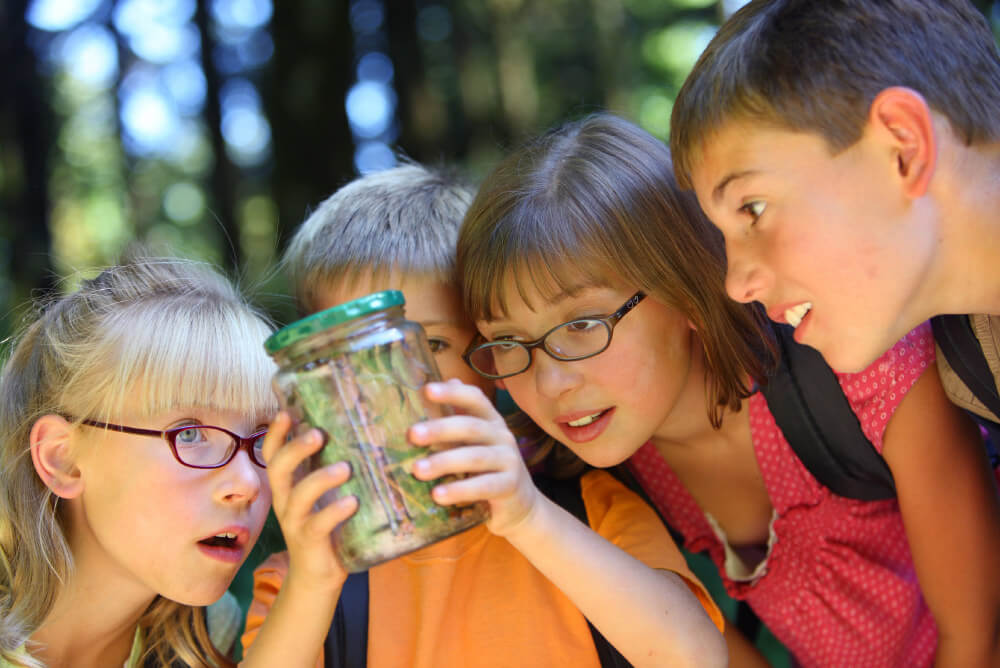Become a Tree City USA
Tree City USA provides the framework necessary for cities to manage and expand their public trees.
Standards for Becoming a Tree City USA
Communities can achieve Tree City USA status by meeting these four core standards of sound urban forestry management:
- Establish a community tree ordinance – The community tree ordinance should include the care of public trees, rules for proper city planting, rules against vandalism, and information on acceptable tree species to plant.
- Start and maintain a tree board or department – This central governing body will make decisions about tree care, removals and replacements, as well as maintaining Tree City status, coordinating workshops and promoting urban forestry education.
- Spend at least $2 per capita on urban forestry – This ensures that you have basic funding to perform risk mitigation work as well as routine pruning and removals. You can solicit supplemental funds from local companies, politicians and private donors, among others.
- Observe Arbor Day – Celebrating trees in your community garners vital public attention and support for your urban tree care program. An Arbor Day celebration cements your own individual brand of Tree City, demonstrates your community’s commitment to a healthier environment, instills community pride and provides an educational opportunity.
Benefits of Trees in the City
For every $1 spent on urban tree care, city residents receive $3 – $4 in ecosystem services, or direct environmental benefits derived from the existence of urban trees.
Regulate Temperatures
One young, healthy tree has the same net cooling effect as 10 room-sized air conditioner units running 20hrs/day! This helps counteract the urban heat island effect from pavement and structures.
Trees in parking lots reduce asphalt temperatures by as much as 36Ëš F, and car interior temperatures by over 4Ëš F.
Trees properly placed around buildings as windbreaks can save up to 25% on winter heating costs.
Improve Quality of Life
Trees make cities more livable by counteracting the stress of the urban environment. In one study, recovering surgery patients who had a view of trees from their rooms required fewer pain relievers, had fewer complications, and left the hospital sooner than similar patients who had a view of a brick wall.
Trees absorb and soften irritating noise pollution. A belt of trees 98ft wide by 49ft tall can reduce highway noise by 6 – 10 decibels.
Trees make neighborhoods safer: people are more likely to engage in outdoor activities and talk to one another in treed areas. More people outside recreating means more eyes on the streets, which can deter crime. Tree- lined streets also narrow the field of vision for drivers, thereby calming and slowing traffic.
Trees are linked with better grades. Children with ADHD are better able to concentrate, complete tasks, and follow directions after playing in nature. Trees also help with confidence, concentration and better self-discipline among young girls, enabling them to do better in school.
Urban trees contribute to physical and mental well-being. International Society of Arboriculture.
Improve Air Quality
Trees remove pollutants from the air. One acre of trees can absorb six tons of carbon dioxide and put out four tons of oxygen – enough to sustain 18 people every year!
A tree’s canopy intercepts rain before it reaches the ground, slowing its speed and erosive potential. One hundred mature tree crowns intercept about 100,000 gallons of rainfall per year, reducing runoff and sedimentation of streams, thus providing cleaner water.
Trees provide habitat and food for urban birds and animals.
Increase Economic Benefits
A typical community forest of 10,000 trees will retain approximately 10 million gallons per year of rainwater, saving on stormwater management costs.
Shoppers in well-landscaped business districts are willing to pay more for parking and up to 12% more for goods and services.
Amenity and comfort ratings were about 80% higher for tree-lined sidewalks compared with non-shaded streets. Quality of products ratings were 30% higher in districts having trees over those with barren sidewalks.
Surveyed desk workers without views of nature claimed 23% more incidence of illness in the prior 6 months when compared with those with a view.
Resources for Tree City USA Communities
Consultation from Urban Foresters
Technical assistance with grants, planting plans, tree maintenance and pruning, teaching workshops, tree risk assessments and other consulting. Workshop topics: site assessment/tree selection/planting, pruning, risk assessment, conducting inventories, etc.
Financial Assistance through Grants and Trees
Demonstration City grants provide amounts for a variety of tree plantings, pruning work, hiring a professional or consultant, inventories, etc. Priority is given to existing Tree Cities, but consideration will be given to cities demonstrating that they are working toward this status.
The WV Division of Forestry has several grant programs that can provide your community with trees to plant. Tree plantings are another great way to instill community pride and cohesiveness!
For more information about becoming a Tree City USA, contact the WVDOF Urban & Community Forestry Program at (304) 822-4512 or (304) 367-2793.












